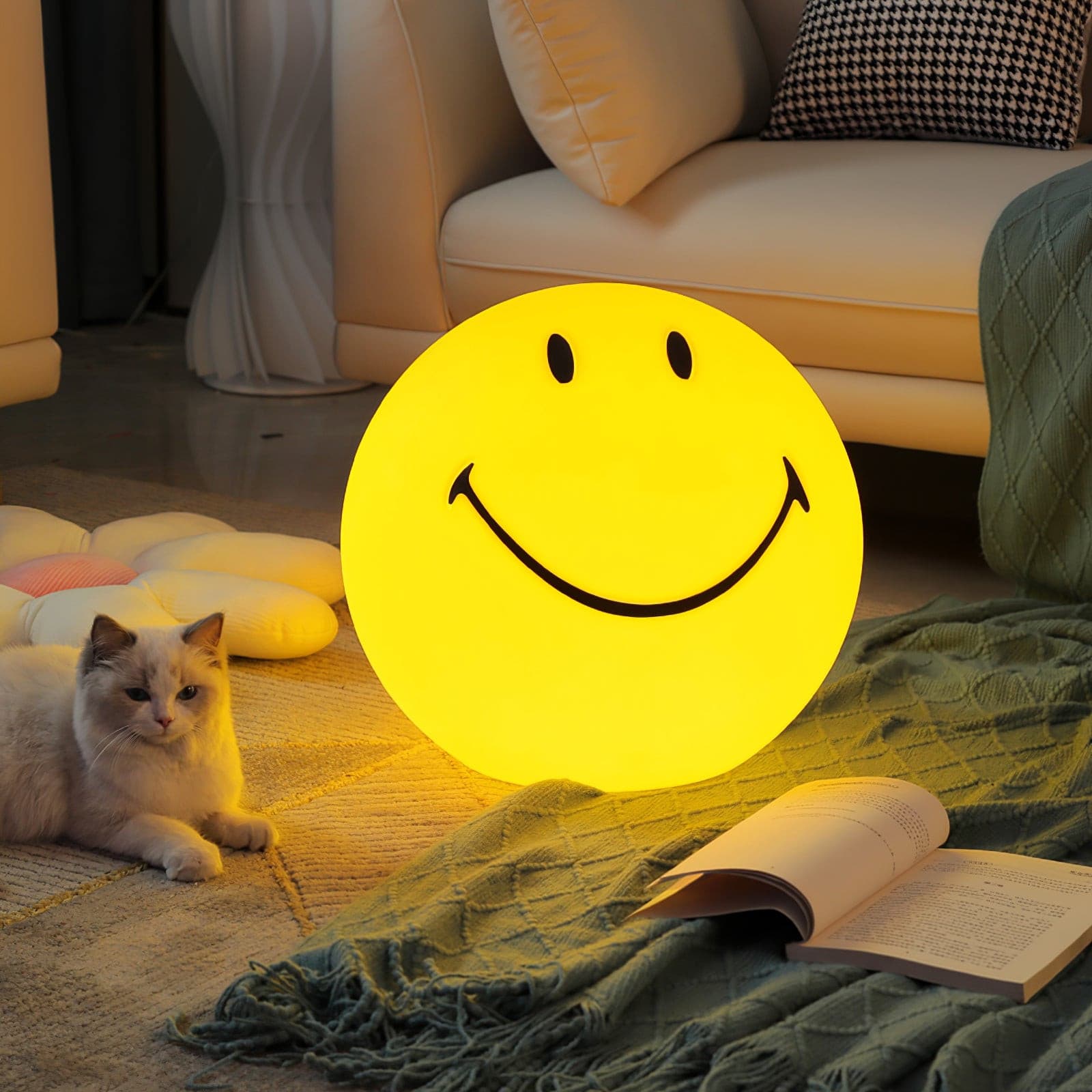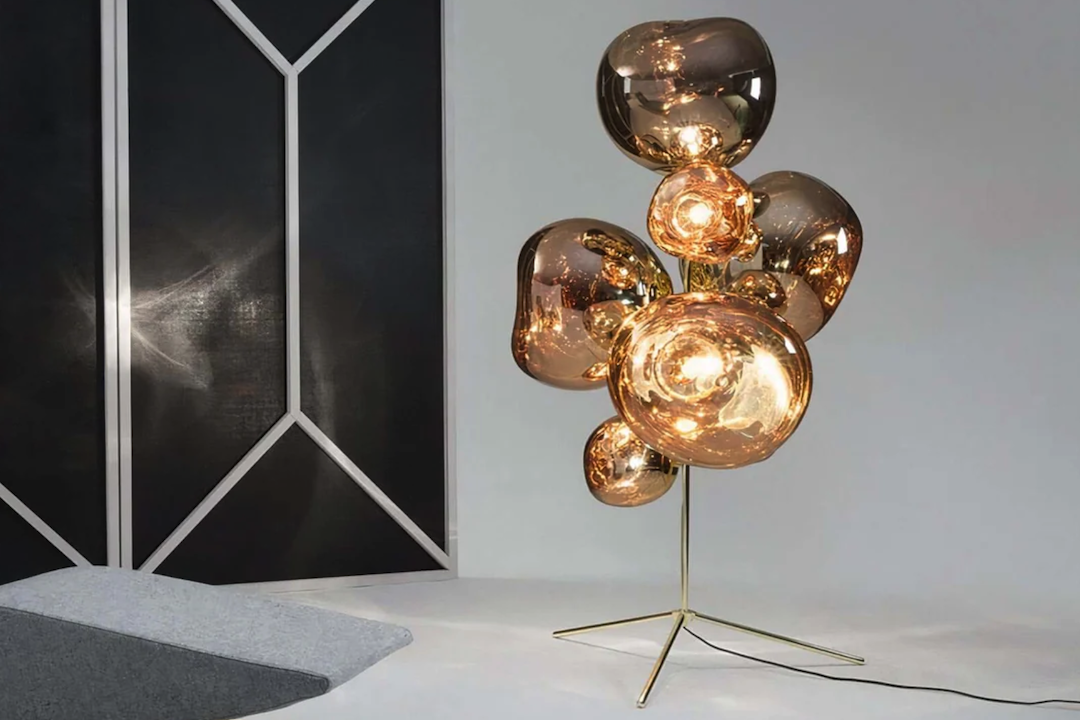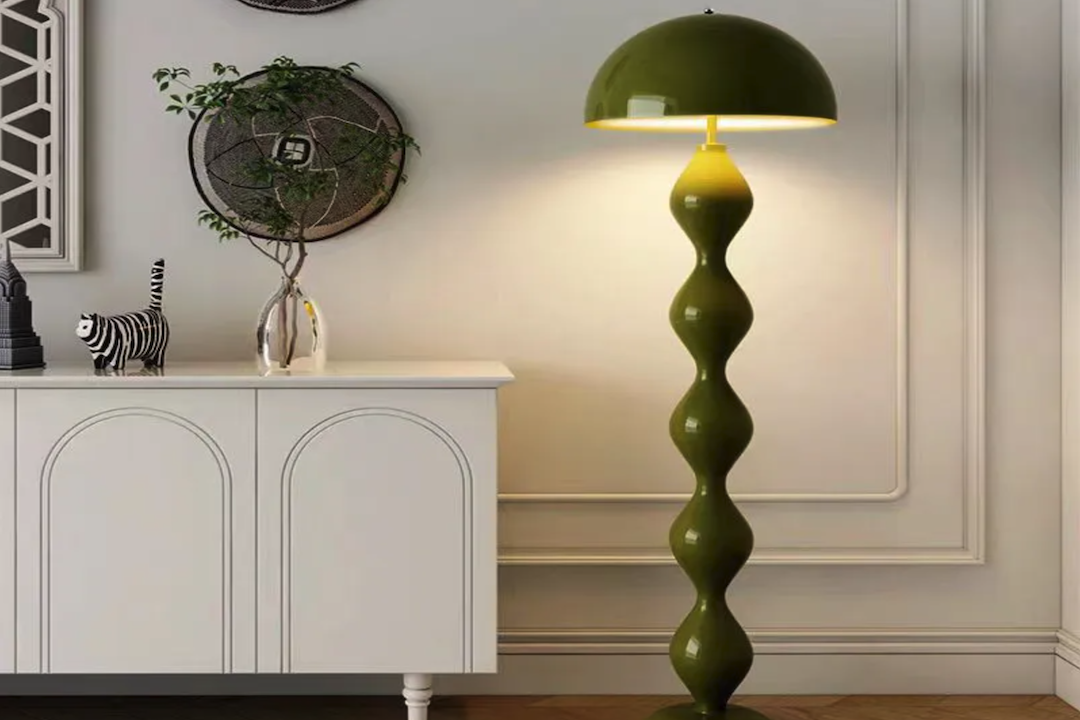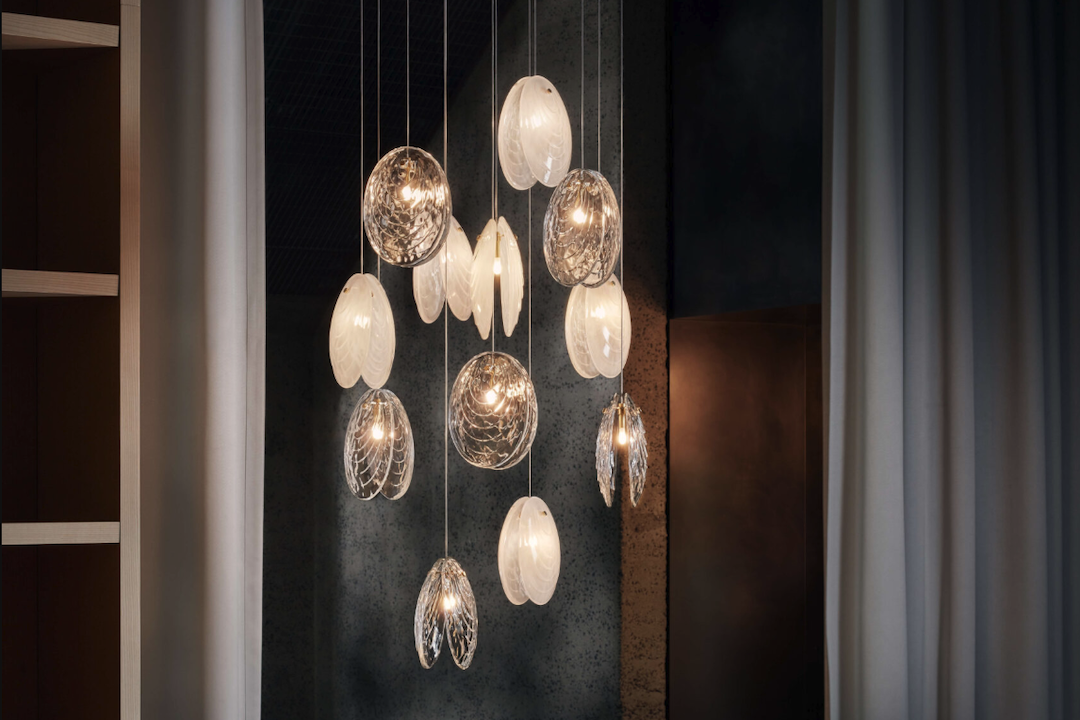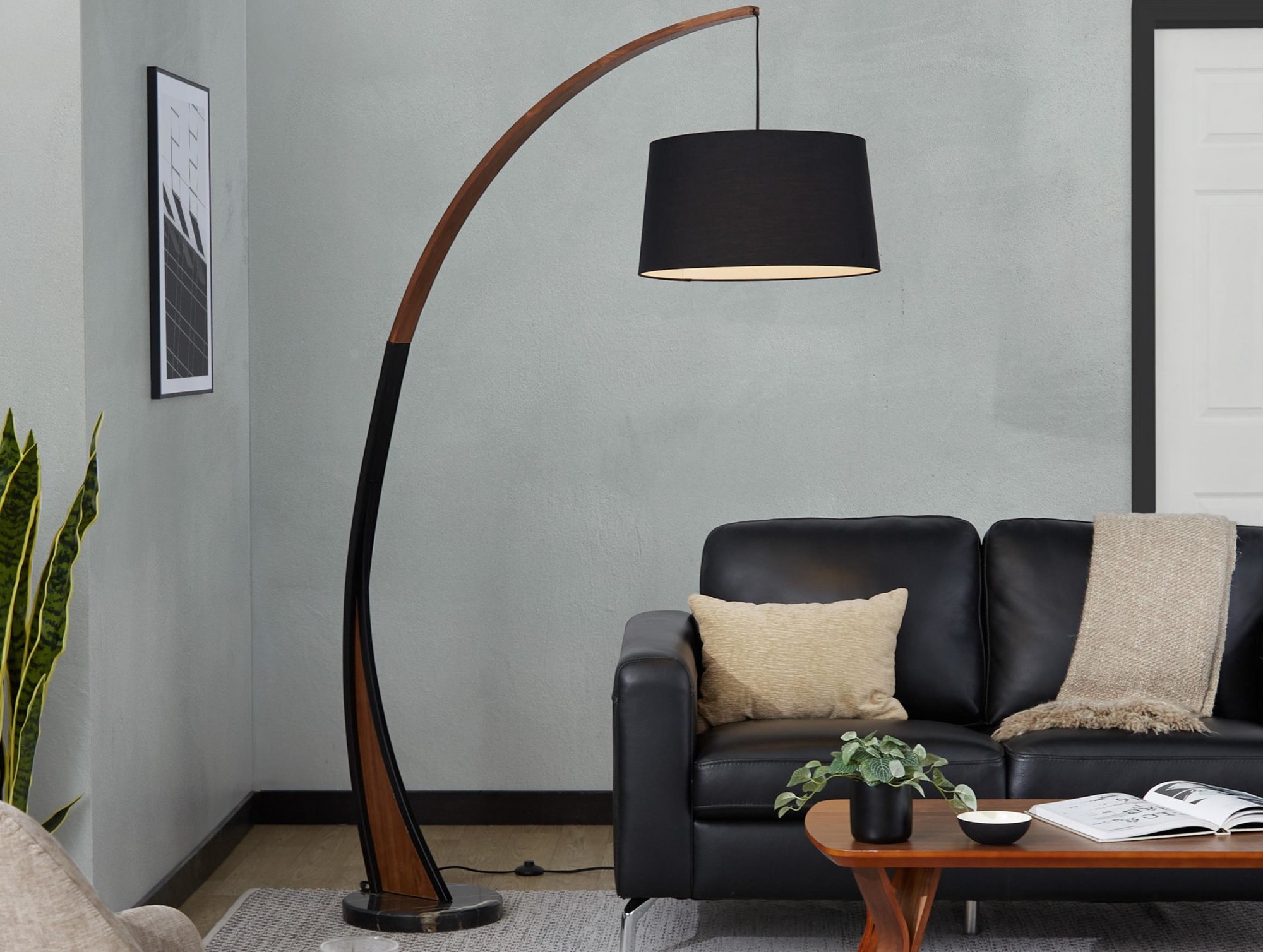Table lamps are an essential element in interior design. They not only provide functional lighting but also add style and ambiance to a room. Whether you are looking to create a cozy reading nook, illuminate a workspace, or enhance the overall aesthetic of a space, table lamps can play a crucial role in achieving your desired look. In this article, we will explore the importance of table lamps in interior design and provide tips on how to choose the right lamp for your space.
Understanding the Importance of Table Lamps in Interior Design
Lamp24 table lamps have the power to transform the ambiance of a room. They can create a warm and inviting atmosphere or add a touch of elegance and sophistication. The soft, diffused light that table lamps emit can make a space feel cozy and intimate, perfect for relaxing or entertaining guests. By strategically placing table lamps throughout a room, you can create different lighting zones and control the mood of the space.
In addition to enhancing the ambiance, table lamps also serve a practical purpose by providing task lighting. Whether you need focused light for reading, working on a project, or doing intricate tasks, table lamps can provide the necessary illumination. Unlike overhead lighting, which can cast shadows and cause eye strain, table lamps offer direct light where it is needed most.
Furthermore, table lamps have decorative value and can serve as statement pieces in a room. They come in various styles, designs, and materials, allowing you to choose a lamp that complements your existing decor or adds a pop of color and texture. A well-chosen table lamp can become a focal point in a room and tie together the overall design scheme.
Factors to Consider When Choosing a Table Lamp for Your Space
When selecting a table lamp for your space, there are several factors to consider to ensure that it fits seamlessly into your design scheme and meets your functional needs.
Firstly, consider the size and scale of the lamp. The lamp should be proportionate to the size of the table or surface it will be placed on. A small lamp on a large table may look out of place, while a large lamp on a small table can overwhelm the space. Take measurements and consider the overall dimensions of the lamp to ensure it fits harmoniously with the surrounding furniture.
Secondly, consider the style and design of the lamp. Table lamps come in a wide range of styles, from traditional to modern, rustic to minimalist. Choose a lamp that complements your room’s decor and reflects your personal style. Consider the shape, color, and material of the lamp to ensure it aligns with your design aesthetic.
Next, think about the purpose of the lamp. Will it be used for reading, working, or simply as ambient lighting? Different tasks require different levels of brightness, so choose a lamp with adjustable settings or multiple bulbs to provide flexibility in lighting options.
Lastly, consider the color and material of the lamp. The color should either match or complement the existing color scheme in your room. The material should be durable and easy to clean. Common materials used in table lamp construction include metal, glass, ceramic, and wood.
The Different Types of Table Lamps and Their Unique Features
Table lamps come in various types, each with its own unique features and benefits. Understanding these different types can help you choose the right lamp for your specific needs.
Traditional table lamps are characterized by their classic designs and timeless appeal. They often feature ornate details, such as intricate patterns or decorative bases. Traditional table lamps are perfect for adding a touch of elegance and sophistication to a room.
On the other hand, modern table lamps have sleek and minimalist designs. They often feature clean lines and geometric shapes. Modern table lamps are ideal for contemporary or minimalist interiors, where simplicity and functionality are key.
Tiffany-style table lamps are known for their stained glass shades and intricate designs. They add a touch of vintage charm and can serve as a focal point in a room. Tiffany-style table lamps are perfect for adding a pop of color and visual interest to a space.
Adjustable table lamps allow you to control the direction and intensity of the light. They often feature adjustable arms or shades, allowing you to position the light exactly where you need it. Adjustable table lamps are ideal for task lighting or for creating different lighting zones in a room.
Swing arm table lamps are similar to adjustable lamps but feature a swing arm mechanism that allows you to easily adjust the position of the light. They are versatile and can be used for reading, working, or as ambient lighting. Swing arm table lamps are perfect for spaces where flexibility is key.
How to Choose the Right Size and Height for Your Table Lamp
Choosing the right size and height for your table lamp is crucial to ensure that it fits proportionately with the surrounding furniture and provides adequate lighting. Here are some tips to help you select the appropriate size and height for your table lamp:
– Consider the size of the table or surface where the lamp will be placed. The lamp should be proportionate to the size of the table. As a general rule, the height of the lamp should be around 1.5 times the height of the table.
– Consider the scale of the surrounding furniture. If you have large furniture pieces, such as a bulky sofa or oversized coffee table, opt for a larger lamp that can hold its own in the space. Conversely, if you have smaller furniture pieces, choose a smaller lamp that won’t overpower the room.
– Consider the purpose of the lamp. If you need focused light for reading or working, choose a taller lamp that can provide ample illumination. If you need ambient lighting or want to create a cozy atmosphere, opt for a shorter lamp with a diffused shade.
– Consider the overall aesthetic of the room. The lamp should complement the existing decor and style of the space. If you have a traditional or vintage-inspired room, choose a lamp with a classic design and ornate details. If you have a modern or minimalist room, opt for a lamp with clean lines and a sleek silhouette.
Matching Your Table Lamp with Your Room’s Style and Color Scheme
Choosing a table lamp that complements your room’s decor is essential to create a cohesive and harmonious look. Here are some tips for selecting the right color and style of table lamp:
– Consider the color scheme of the room. The lamp should either match or complement the existing colors in the space. If you have a neutral color palette, choose a lamp in a similar shade to create a seamless look. If you want to add a pop of color, choose a lamp in a contrasting hue that complements the surrounding colors.
– Consider the style of the room. The lamp should align with the overall design aesthetic. If you have a traditional or vintage-inspired room, choose a lamp with ornate details and classic elements. If you have a modern or minimalist room, opt for a lamp with clean lines and a simple design.
– Consider the material of the lamp. The material should complement the existing materials in the room. For example, if you have wooden furniture, choose a lamp with a wooden base or accents. If you have metal accents in the room, opt for a lamp with a metal base or frame.
– Consider the shape and silhouette of the lamp. The shape should either mimic or contrast with the shapes in the room. For example, if you have angular furniture, choose a lamp with sharp lines and geometric shapes. If you have curvaceous furniture, opt for a lamp with soft curves and rounded edges.
The Best Materials for Table Lamps and Their Durability
Table lamps are made from various materials, each with its own unique characteristics and durability. Here are some common materials used in table lamp construction:
– Metal: Metal table lamps are durable and long-lasting. They come in various finishes, such as brass, bronze, nickel, and chrome. Metal lamps can add a touch of elegance and sophistication to a room.
– Glass: Glass table lamps are versatile and can suit a range of design styles. They can be transparent, frosted, or colored. Glass lamps can add a sense of lightness and transparency to a space.
– Ceramic: Ceramic table lamps are popular for their versatility and wide range of designs. They can be glazed or unglazed, smooth or textured. Ceramic lamps can add a pop of color and visual interest to a room.
– Wood: Wood table lamps have a natural and organic feel. They can be made from various types of wood, such as oak, walnut, or bamboo. Wood lamps can add warmth and texture to a space.
When choosing a material for your table lamp, consider the durability and longevity of the material. Metal and glass lamps are generally more durable and resistant to wear and tear. Ceramic and wood lamps may require more care and maintenance to ensure their longevity.
How to Choose the Right Bulb for Your Table Lamp
Choosing the right bulb for your table lamp is essential to ensure optimal lighting performance and energy efficiency. Here are some factors to consider when selecting a bulb for your table lamp:
– Wattage: The wattage of the bulb determines the brightness of the light. Consider the purpose of the lamp and the level of brightness you require. For task lighting, choose a higher wattage bulb (around 60-100 watts). For ambient lighting, choose a lower wattage bulb (around 25-40 watts).
– Bulb Type: There are various types of bulbs available for table lamps, including incandescent, halogen, LED, and CFL. Each type has its own pros and cons in terms of energy efficiency, lifespan, and color temperature. LED bulbs are the most energy-efficient and have a long lifespan, making them a popular choice for table lamps.
– Color Temperature: The color temperature of the bulb determines the warmth or coolness of the light. Bulbs with a lower color temperature (around 2700-3000 Kelvin) emit warm, yellowish light, similar to traditional incandescent bulbs. Bulbs with a higher color temperature (around 5000-6500 Kelvin) emit cool, bluish light, similar to daylight.
– Dimmability: If you want to have control over the brightness of your table lamp, choose a bulb that is dimmable. Not all bulbs are compatible with dimmer switches, so make sure to check the packaging or consult with a lighting specialist.
Consider your specific lighting needs and preferences when selecting a bulb for your table lamp. Experiment with different wattages, bulb types, and color temperatures to find the perfect combination that suits your space.
The Benefits of Dimmer Switches for Your Table Lamps
Dimmer switches can enhance the functionality and versatility of your table lamps. They allow you to adjust the brightness of the light to create different moods and ambiance in a room. Here are some benefits of using dimmer switches with your table lamps:
– Control Over Lighting Levels: Dimmer switches give you full control over the brightness of your table lamp. You can easily adjust the light intensity to suit different activities or moods. Whether you need bright light for reading or soft, ambient light for relaxation, dimmer switches allow you to customize the lighting experience.
– Energy Efficiency: By dimming the lights when full brightness is not required, you can save energy and reduce electricity costs. Dimming a bulb by 25% can save up to 20% in energy consumption. Dimmer switches also extend the lifespan of the bulb by reducing the wear and tear caused by constant full brightness.
– Eye Comfort: Dimmer switches allow you to create a comfortable and eye-friendly lighting environment. By reducing the brightness, you can minimize glare and eye strain, especially when using the lamp for reading or working. Dimmed lights can create a cozy and relaxing atmosphere, perfect for winding down in the evening.
– Versatility: Dimmer switches offer versatility in lighting options. You can easily transition from bright task lighting to soft ambient lighting with just a flick of a switch. Dimmer switches also allow you to create different lighting zones in a room, adding depth and dimension to the space.
Consider installing dimmer switches for your table lamps to enhance their functionality and create a more dynamic lighting experience in your home.
Creative Ways to Incorporate Table Lamps in Your Home Decor
Table lamps can be used in various creative ways to enhance your home decor. Here are some unique ideas for incorporating table lamps into your interior design:
– Create a Cozy Reading Nook: Place a table lamp on a side table or nightstand next to a comfortable armchair or chaise lounge to create a cozy reading nook. The soft, diffused light will provide the perfect ambiance for curling up with a good book.
– Illuminate Artwork: Use table lamps to highlight artwork or decorative objects in your home. Place a lamp on a console table or shelf to draw attention to a painting, sculpture, or vase. The focused light will add depth and dimension to the artwork, creating a focal point in the room.
– Add Drama to a Dining Table: Instead of traditional overhead lighting, use table lamps as centerpiece lighting on your dining table. Choose lamps with tall shades or adjustable arms that can provide ample illumination for dining while adding an element of style and sophistication.
– Create a Bedside Table Vignette: Place matching table lamps on bedside tables to create a cohesive and balanced look in your bedroom. The lamps will provide functional lighting for reading or getting ready for bed, while also adding a touch of elegance and symmetry to the space.
– Use Lamps as Decorative Accents: Even when not in use, table lamps can serve as decorative accents in a room. Choose lamps with unique bases or shades that add visual interest and texture to your decor. Place them on shelves, mantels, or side tables to create a cohesive and curated look.
Maintaining and Cleaning Your Table Lamps to Ensure Longevity and Performance
Proper care and maintenance are essential to ensure the longevity and performance of your table lamps. Here are some tips for maintaining and cleaning your table lamps:
– Regularly dust the lampshade and base with a soft, lint-free cloth or feather duster. This will prevent dust buildup and maintain the lamp’s appearance.
– For fabric lampshades, use a vacuum cleaner with a brush attachment to remove any loose dirt or debris. Avoid using water or liquid cleaners on fabric lampshades, as they can cause staining or damage.
– For glass or metal lampshades, use a glass cleaner or mild soap and water solution to remove any smudges or fingerprints. Wipe dry with a clean cloth to prevent water spots.
– Clean the base of the lamp with a damp cloth and mild soap if necessary. Avoid using abrasive cleaners or harsh chemicals, as they can damage the finish.
– Check the electrical components of the lamp regularly for any signs of damage or wear. This includes inspecting the power cord for fraying or exposed wires, checking the socket for any loose connections, and examining the switch for proper functionality. Additionally, it is important to ensure that the bulb is securely screwed in and not loose. Regularly inspecting these electrical components can help prevent any potential hazards such as electrical shocks or fires.
If you’re looking to enhance the ambiance of your bedroom vanity table, you’ll want to check out Mansoor Scott’s article on “The Best Way to Describe Your Bedroom Vanity Table.” In this informative piece, they provide valuable tips and insights on how to effectively describe and showcase your vanity table, including the perfect table lamp to complement your setup. To learn more about finding the best table lamp for your home, be sure to read Mansoor Scott’s article on the subject as well.

